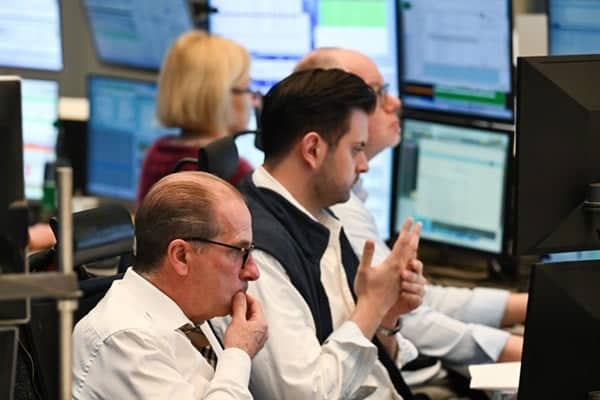U.S. equity markets advanced for the second consecutive week, with the S&P 500 and Nasdaq Composite reaching new record highs.
The Dow Jones Industrial Average also posted solid gains, climbing to 1.26%, while the S&P MidCap 400 and Russell 2000 Index each rose by over 0.9%.
Value stocks edged ahead of growth counterparts, although the performance gap narrowed by the week’s end.
Investor sentiment was lifted by positive developments on the trade front. The U.S. announced several new trade agreements with Japan, Indonesia, and the Philippines.
Progress in negotiations with the European Union — just ahead of the August 1 deadline for reciprocal tariffs — further buoyed markets.
Earnings season brought mixed results from major players. Alphabet surpassed expectations, gaining 4.38% on strong AI-driven outlooks, while Tesla disappointed, falling 4.12%.
Economic data also played a role, with July’s S&P Global flash composite PMI rising to 54.6, its highest level in seven months, driven by robust service sector activity. However, the manufacturing PMI dipped below 50, signaling contraction.
In the housing sector, existing home sales fell 2.7% in June due to persistent high mortgage rates, while home prices reached a record USD 435,300. Meanwhile, the bond market remained stable, with modest gains and tightening spreads in corporate credit, and a notably active week for bank loan issuance.
Europe
European markets showed modest gains, with the STOXX Europe 600 Index rising 0.54%. Optimism around a potential U.S.-EU trade deal supported equities, although the EU warned of possible countermeasures if talks falter. Among major indices, the UK’s FTSE 100 led with a 1.43% gain, while Germany’s DAX slipped 0.30%.
The European Central Bank (ECB) left interest rates unchanged at 2%, following eight rate cuts since June 2024. President Christine Lagarde emphasized a data-driven approach amid ongoing geopolitical uncertainty. Her slightly hawkish tone supported the euro, which strengthened against the U.S. dollar.
Economic indicators across the eurozone were mostly positive. July’s flash composite PMI rose to 51.0, signaling moderate expansion in both services and manufacturing. Business confidence improved in Germany but softened in France.
In the UK, however, economic momentum appeared to slow. Retail sales rebounded by 0.9% in June, below expectations, and the composite PMI slipped to 51.0. Weaker labor market data and upcoming tax and tariff changes have weighed on sentiment, creating headwinds for private-sector growth. Overall, the ECB’s wait-and-watch stance and improving eurozone data contrast with the UK’s more fragile outlook.
Asia and other global highlights
In Asia, Japanese stocks surged, with both the Nikkei 225 and TOPIX rising 4.1%, propelled by a favorable trade deal with the U.S. Under the agreement, Japanese goods — particularly automobiles — will face a 15% U.S. tariff, down from the proposed 25%. Additionally, Japan committed USD 550 billion in U.S. industrial investment and expanded market access for American exports.
Despite domestic political uncertainty and potential leadership changes, investor sentiment was positive. The Tokyo core CPI rose 2.9% year-on-year, slightly below expectations, but remained well above the Bank of Japan’s 2% target — reinforcing speculation about a potential rate hike later this year. Japan’s services sector continued expanding, while manufacturing remained under pressure.
In China, mainland markets posted weekly gains, with the CSI 300 and Shanghai Composite each rising over 1.6%. Hong Kong’s Hang Seng Index rose 2.27%. Markets responded favorably to news that U.S. Treasury Secretary Scott Bessent will meet Chinese officials in Stockholm to discuss extending the current tariff truce beyond August. Previous rounds of talks have eased tensions, raising hopes that both countries may delay or avoid further escalation.
As we move into the next week, global markets remain highly responsive to trade developments and central bank signals, reminding investors of the delicate balance between economic momentum and geopolitical risk.
Get real time update about this post category directly on your device, subscribe now.




Leave a Comment